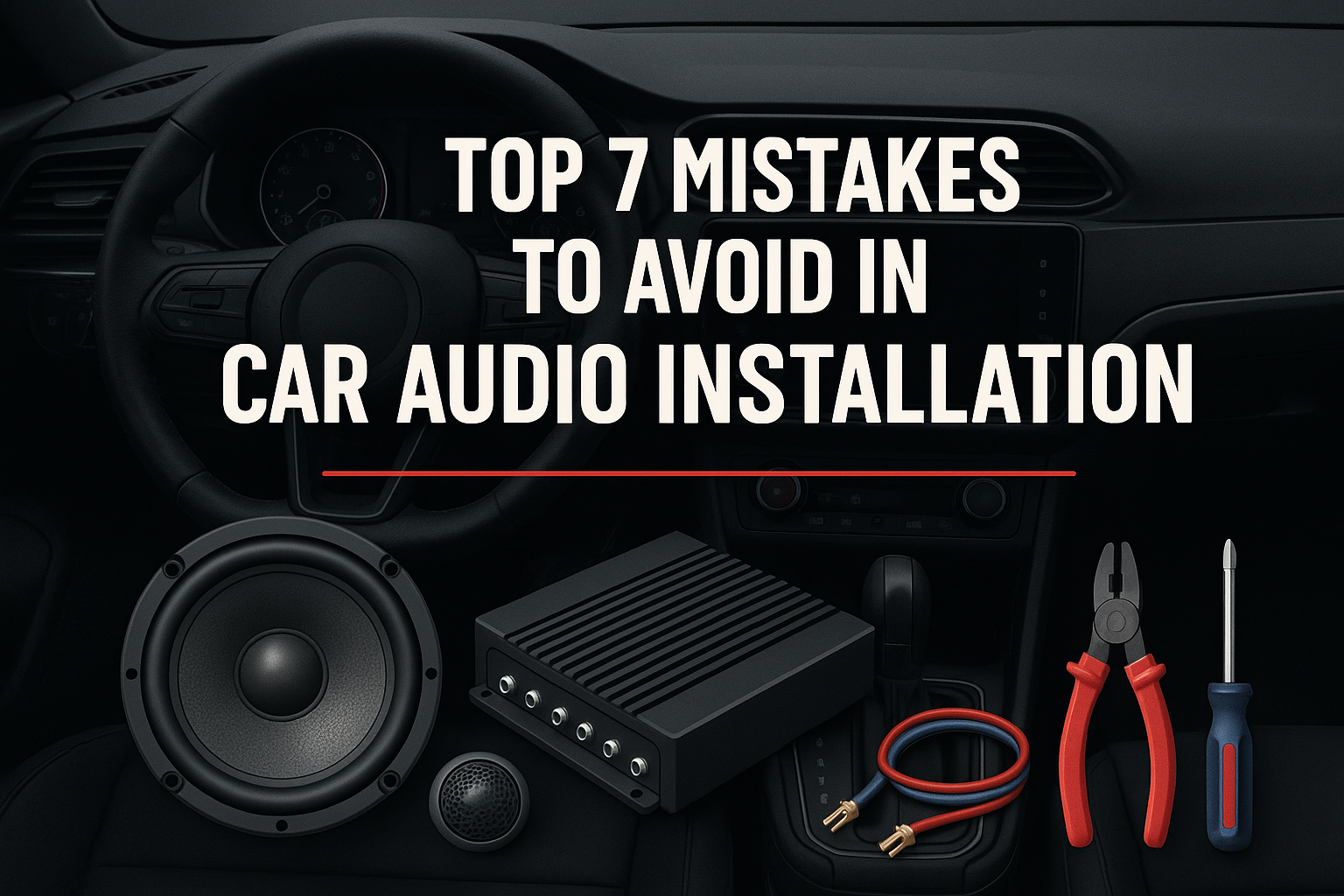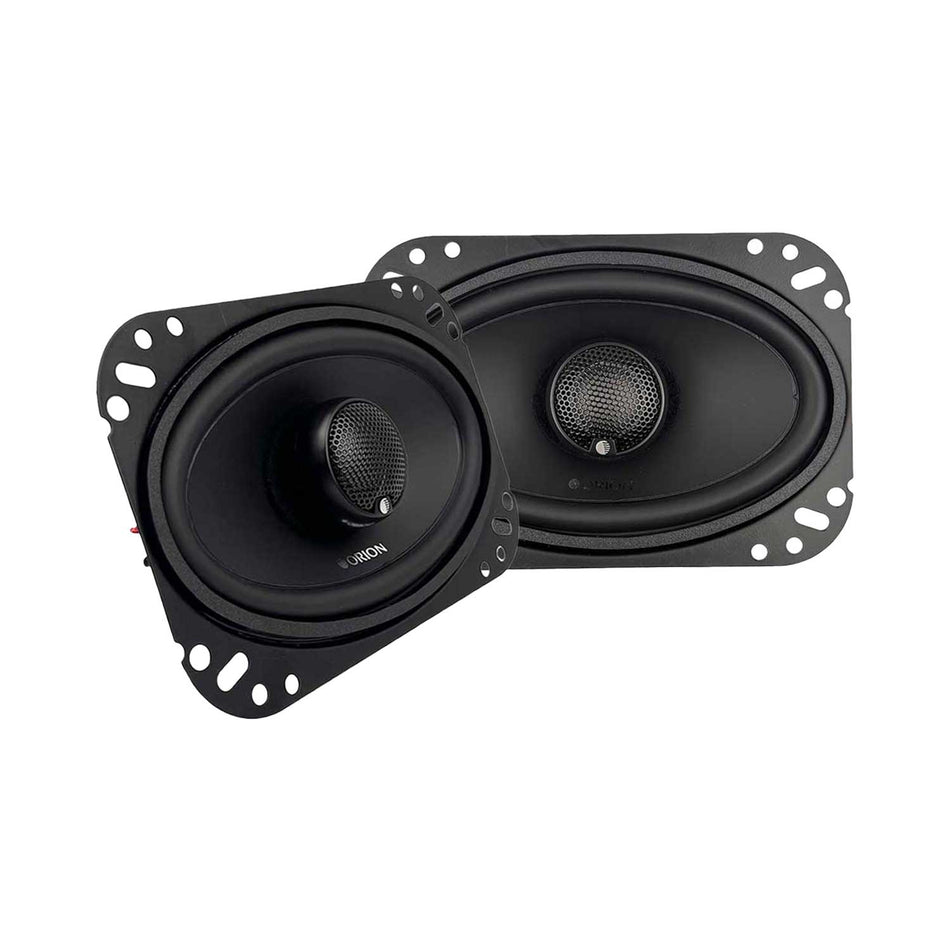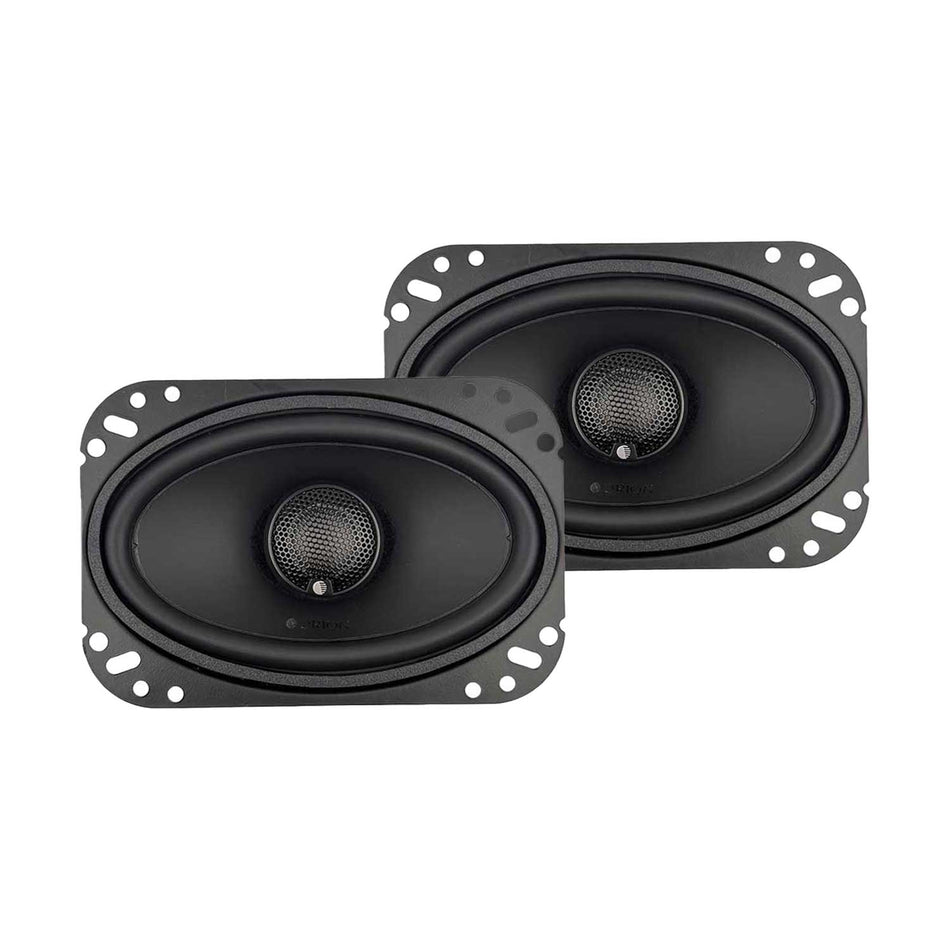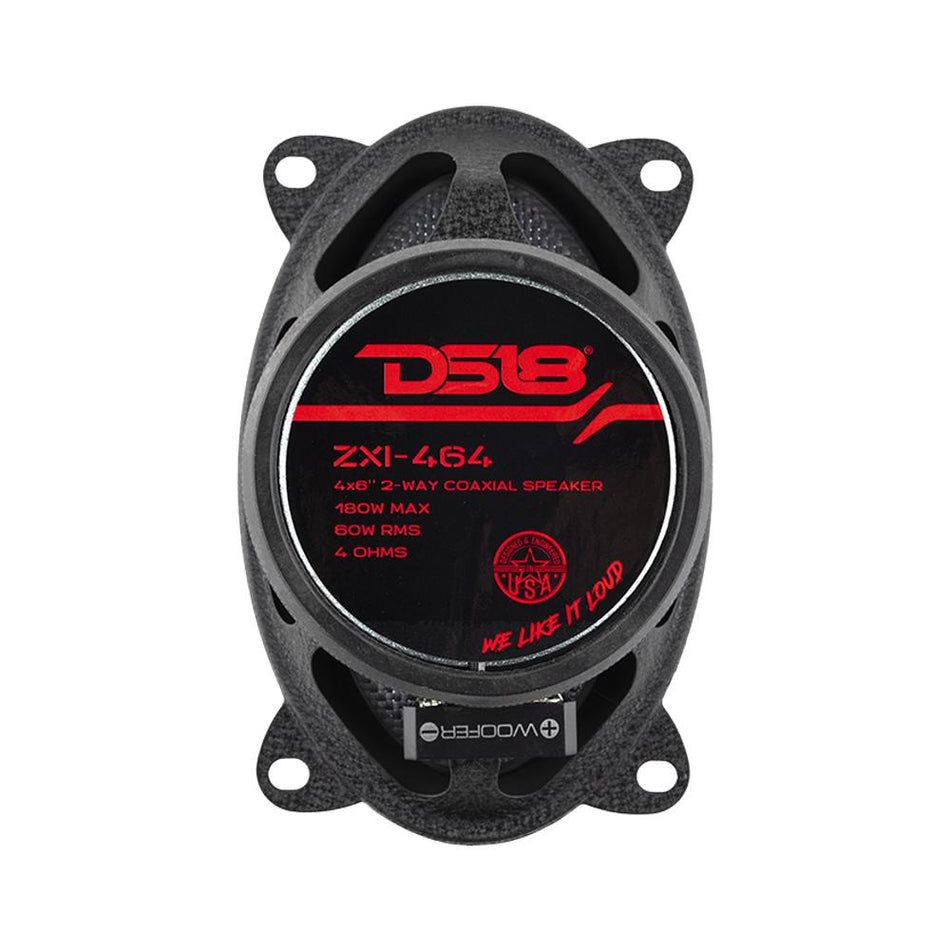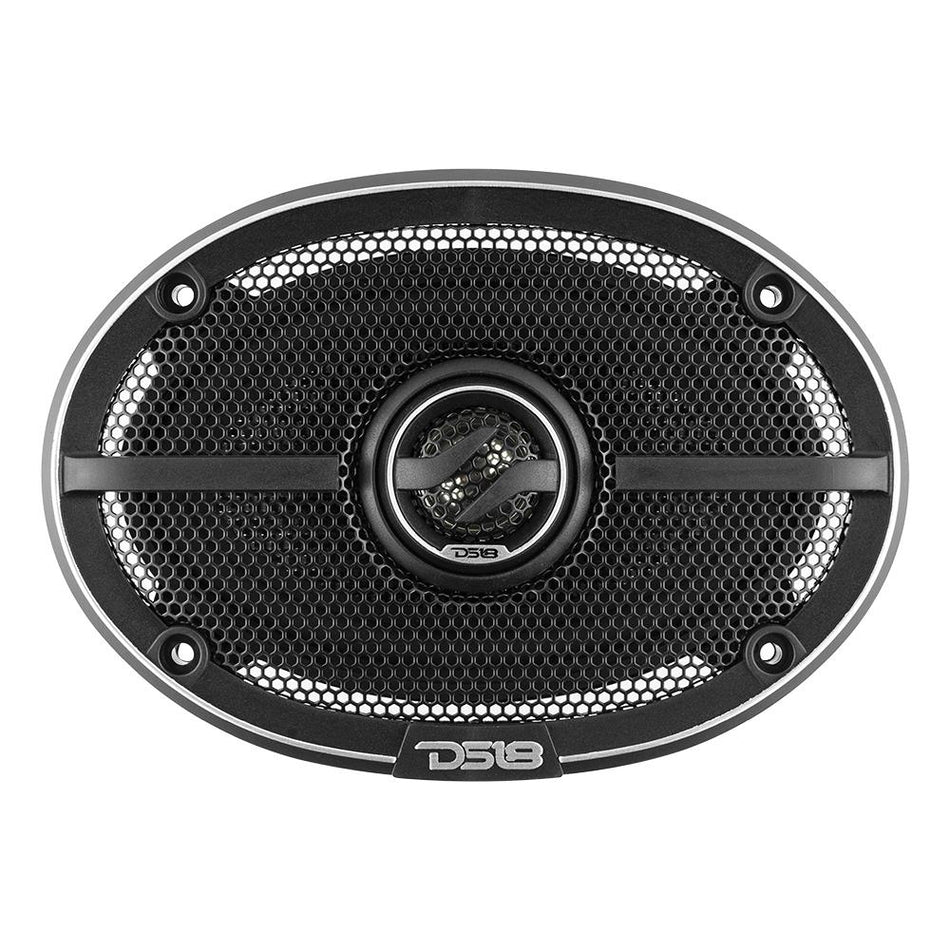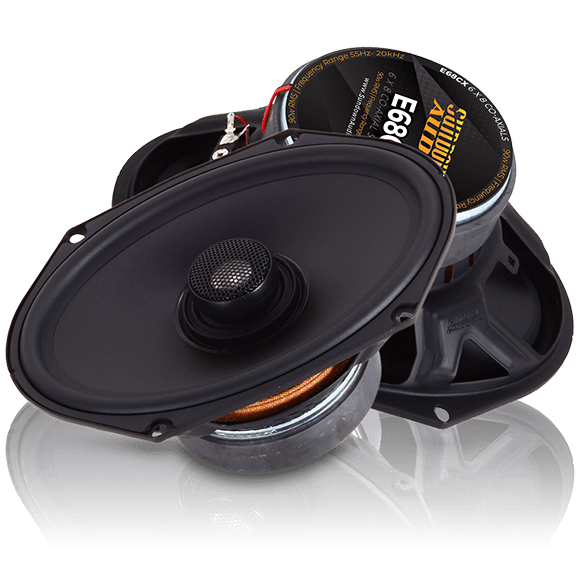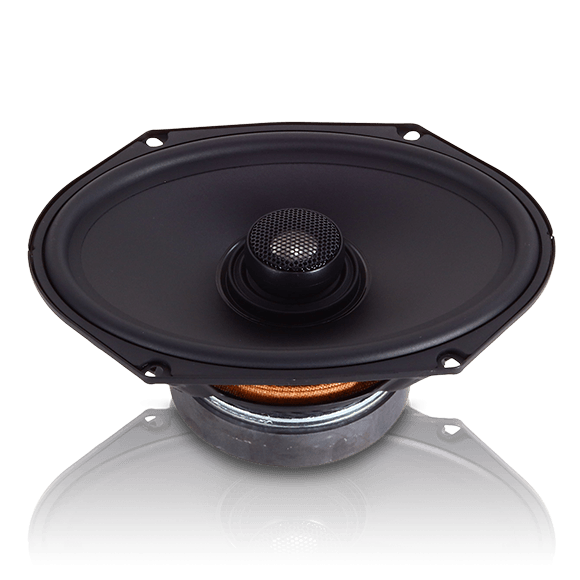Car audio upgrades can entirely transform the manner in which you listen to music on the highway. The right system makes every drive more pleasant, whether it is a booming bass or a crystal-clear high. However, during the installation process, even minor flaws can cause low quality of sound, damage to equipment or expensive repair. Knowing the most common errors made during the installation of your car audio will allow you to achieve the best results with your system without unnecessary frustration.
1. Skipping Proper Wiring and Grounding
One of the biggest car audio installation mistakes is neglecting wiring quality. Cheap or undersized wires can cause poor performance, overheating, or even system failure.
-
Power wire: Should have an equivalent current draw of your amplifier. Resistance can occur by using too fine a wire which will limit efficiency.
-
Ground wire: Needs to be securely attached to bare metal on the chassis. A weak or corroded ground causes unwanted noise and inconsistent power.
-
Speaker wire: Poor connections or mismatched gauges can limit output and sound clarity.
Investing in proper wiring ensures stable power delivery and a clean audio signal, which are critical for peak system performance.
2. Ignoring Factory Acoustic Challenges
Cars are far from perfect listening environments. Hard surfaces, irregular shapes, and background noise all affect sound. Many people overlook these factors and expect flawless results just by adding better speakers.
This is among the most widespread car sound mistakes- not considering acoustics. Even high-end equipment will not sound its best without modifications such as the use of sound deadening material, speaker placement tuning, or EQ measurements.
Correct installation and insulation to deal with acoustics will help reduce road noise and ensure that your system can sound as clear and balanced as it can.
3. Poor Speaker Placement
Location of the speaker is big in the soundstage. The listeners may not install the speakers in the correct position or angle them resulting in uneven audio.
Common issues include:
-
Door panel rattling: Poor installation causes vibrations that distort sound.
-
Tweeters facing the wrong direction: Misplaced high-frequency drivers can make music sound sharp or unbalanced.
-
No consideration of crossover points: Without proper separation, mids and highs may overlap and lose definition.
Taking the time to position and secure speakers correctly ensures consistent sound throughout the cabin.
4. Overlooking Amplifier Power Matching
The other common error during car audio installation is the mis-matching of subwoofers, speakers or other amplifiers. When the amplifier offers more power than the speakers can absorb, you will end up distorting or even damaging the speakers.
To avoid this:
-
Check RMS power ratings for both amps and speakers.
-
Match impedance (ohms) to prevent stress on the amplifier.
-
Use gains to fine-tune levels without pushing equipment to the limit.
Getting the power match right ensures your system runs efficiently and lasts longer.
5. Rushing Through Subwoofer Enclosure Setup
Subwoofers are only as good as the box they’re placed in. A poorly built or mismatched enclosure can completely ruin low-end performance. One of the most common car sound errors is using a generic or improperly sized box.
Key points to consider:
-
Sealed vs. ported: Sealed boxes sound tight and accurate, whereas ported enclosures sound deeper and louder.
-
Box size: Must match subwoofer specs for optimal performance.
-
Build quality: Weak joints or poor sealing lead to air leaks and rattling.
Taking time to design or choose the right enclosure dramatically improves bass response and prevents disappointment.
6. Forgetting About Electrical System Upgrades
Upgraded audio systems demand more power than factory setups. Ignoring your car’s electrical capacity can lead to dimming headlights, weak bass, or overheating amps.
Mistakes often include:
-
Relying only on the stock alternator.
-
Skipping capacitor or upgraded battery support.
-
Not upgrading the “Big 3” wiring (alternator, chassis ground, and battery).
Addressing electrical upgrades ensures your system has a stable power supply, keeping your music consistent without stressing your vehicle’s components.
7. Not Tuning the System After Installation
Even with premium gear and careful installation, failing to tune your system properly can leave it sounding flat or unbalanced. This is one of the most overlooked car audio installation mistakes.
Proper tuning involves:
-
Adjusting equalizer settings for a balanced frequency response.
-
Setting the amplifier gains correctly to avoid clipping.
-
Time-aligning speakers so sound reaches the listener evenly.
-
Using an RTA (real-time analyzer) or relying on professional tuning tools for accuracy.
Going without tuning is not getting the best out of your installation. Some additional measures can help you to elevate your system to excellence.
How to Avoid These Car Audio Installation Mistakes?
You do not need to be a professional installer in order to get the best results, but you need to plan and be patient. Here are a few quick tips:
-
Do your research before buying gear to ensure compatibility?
-
Invest in quality wiring and installation kits instead of cutting corners.
-
Follow manufacturer guidelines for box dimensions and power ratings.
-
Take your time with placement to minimize rattles and distortion.
-
Seek professional help if you’re unsure about tuning or electrical upgrades.
The above precautions will not only save time, money, and frustration but also will allow you to experience sound that will certainly help add value to your driving experience.
Why Paying Attention to Installation Details Matters
Car audio system is not only a set of parts but it is a well balanced system that requires proper installation to work best. Minor errors can accumulate in a short time and may result in less than expected sound. Conversely, care should be taken in wiring, location, tuning, and power alignment to guarantee that all the components perform in unison.
When properly installed, your system will provide high-performance, crisp and consistent audio that makes all drive-through enjoyable. The first way to get a good sound out of your car audio upgrade is to avoid these seven mistakes.

